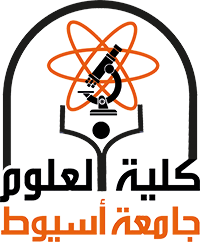The geomechanical properties of the Silah field were measured to identify the various types of rocks in the area and to determine the economically valuable zones with good petrophysical properties. A suite of well logging data was interpreted to delineate the subsurface lithostratigraphic units and permeable reservoirs across the two drilled wells. The estimated geomechanical parameters (compressional sonic velocity, shear sonic velocity, acoustic impedance, and Poisson's ratio) and certain petrophysical parameters (porosity and shale volume) were computed using empirical relations. This study aims to characterize and evaluate the sedimentary rock units of the field to delineate potential hydrocarbon reservoir formations based on their geomechanical and petrophysical properties. The well logging data interpretation and geomechanical properties analysis reveal that the subsurface lithostratigraphy comprises four types of lithology: sand, carbonate (limestone and dolomite), siltstone, and shale, interbedded. The main interesting reservoirs are in the Kharita, Bahariya, and Abu Roash (G and F members). The different constructed geomechanical crossplots indicate that the main lithology consists of shaley sandstone to sandstone and carbonates, with the shale type varying from predominantly laminated to partly dispersed. The results show that Larionov shale volume values (9.6% to 32%), total porosity ranged 10% to 26%, the compressional to shear wave velocity ratio (Vp/Vs) ranges from 1.58 to 1.912, and Poisson’s ratio values vary from 0.171 to 0.306. Also, the effective porosity ranges from 3.7%- 19.3%. There is a substantial bed of shale beneath and above these zones, which serves as a possible source and/or seal rock.
ملخص البحث
تاريخ البحث
قسم البحث
مجلة البحث
New Valley University Journal of Basic and Applied Sciences [NUJBAS]
المشارك في البحث
الناشر
New Valley University Journal of Basic and Applied Sciences [NUJBAS]
عدد البحث
3, No. 2
سنة البحث
2025
صفحات البحث
17-40

